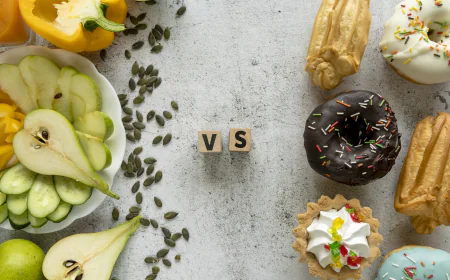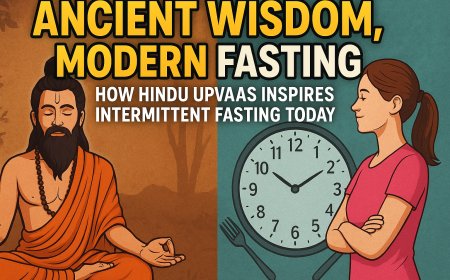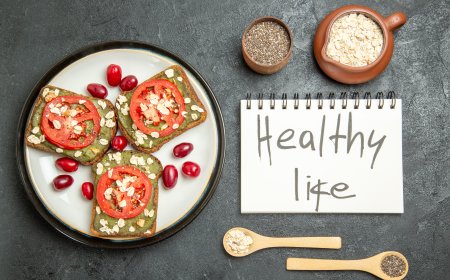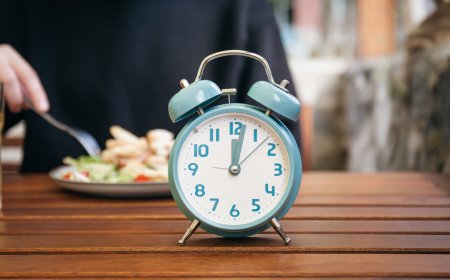Intermittent Fasting vs Traditional Dieting – Which One Is Better?
Confused between intermittent fasting and traditional dieting? This blog breaks down both methods, their pros, cons, and which is better for long-term weight loss and health.

Introduction
Trying to lose weight but not sure whether to follow a traditional diet or try intermittent fasting? You're not alone. Both methods have their pros and cons — but they work in very different ways. In this blog, we’ll compare intermittent fasting and traditional calorie-based dieting to help you choose what’s right for your body and lifestyle.
What Is Traditional Dieting?
Traditional diets usually involve:
-
Eating 3–6 meals a day
-
Reducing calories or specific food groups
-
Following a meal plan or portion control
-
Often counting calories or macros daily
Examples include keto, low-carb, low-fat, or meal-replacement diets.
What Is Intermittent Fasting?
Intermittent fasting (IF) is not about what you eat, but when you eat. Common IF methods include:
-
16:8 method (fast 16 hrs, eat in 8)
-
OMAD (One Meal A Day)
-
5:2 method (eat normally 5 days, restrict 2 days)
No need to count calories — focus is on eating within a specific time window.
Key Differences Between IF & Traditional Dieting
| Aspect | Intermittent Fasting | Traditional Dieting |
|---|---|---|
| Eating Frequency | 1–2 meals in a window | 3–6 meals per day |
| Calorie Counting | Usually not required | Often necessary |
| Flexibility | High (you choose meal time) | Depends on the plan |
| Focus | Meal timing | Food quantity & type |
| Hunger Levels | Lower with adaptation | Often persistent |
| Sustainability | Long-term habit for many | Often short-term fixes |
Pros of Intermittent Fasting
-
Easy to follow (less planning)
-
Promotes fat loss and muscle retention
-
Improves insulin sensitivity
-
Mental clarity and better focus
-
Reduces meal prep time
Pros of Traditional Dieting
-
Structured plan for calorie control
-
Good for people who need exact food instructions
-
Can include specific nutrient tracking (like protein, fiber)
Common Issues with Dieting
-
Can feel restrictive
-
Requires frequent planning and tracking
-
Hunger and energy crashes
-
Often leads to yo-yo dieting
Final Verdict: Which One Is Better?
There's no one-size-fits-all. But if you’re looking for:
-
A sustainable, flexible approach: Go with intermittent fasting
-
A structured, calorie-counting plan: Try a balanced diet
Many people even combine both: doing intermittent fasting while eating healthy within their eating window.
Choose the one you can stick to — because consistency beats perfection every time.




























